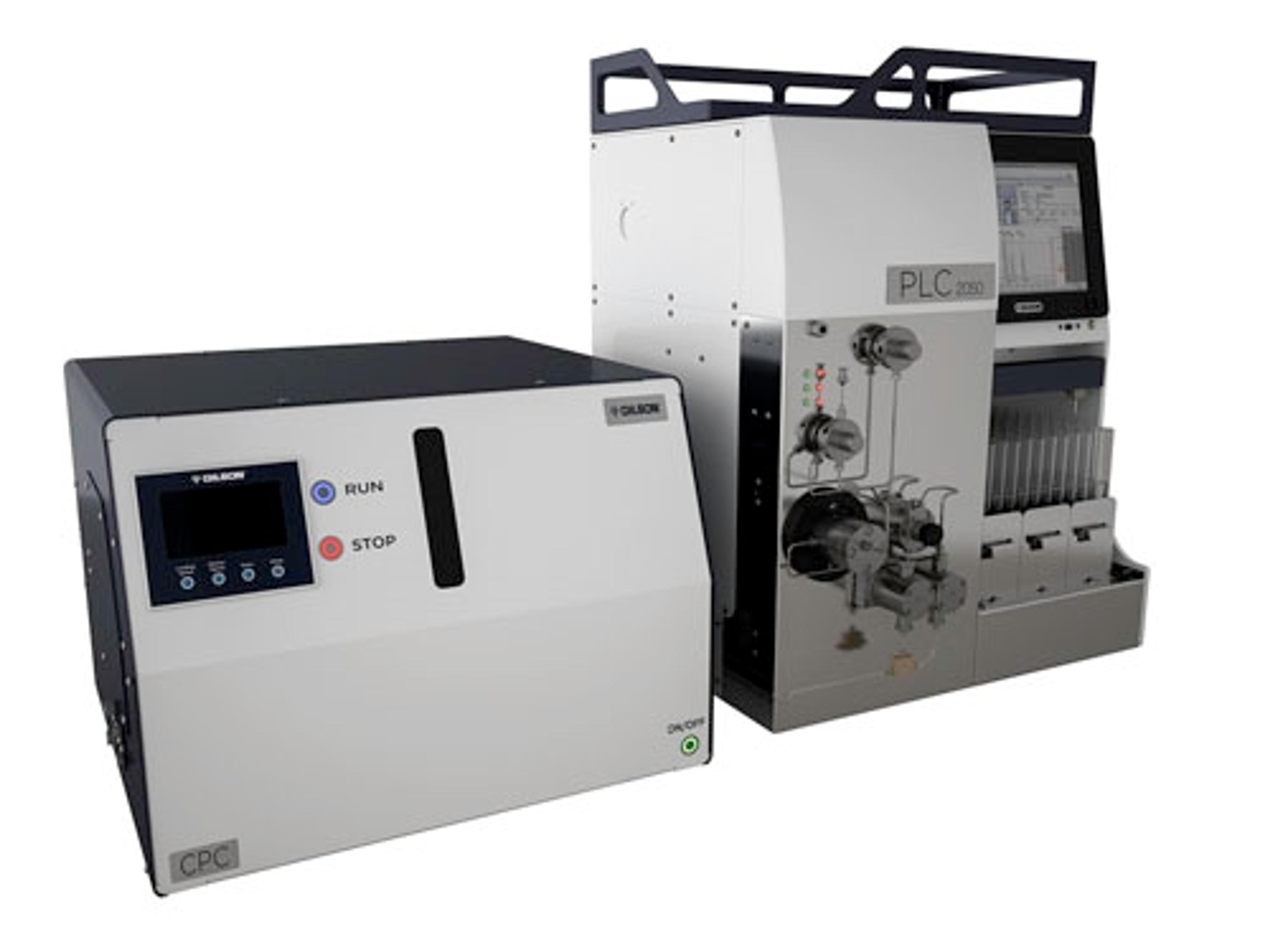Centrifugal partition chromatography: Isolation of mono-aromatic compounds from oxidatively depolymerized lignin
Watch this on-demand webinar to explore the challenges of lignin valorization in the modern biorefinery
5 Apr 2022

The rise of biorenewable alternatives and petroleum/fossil-derived chemicals has led to a growing interest in lignin valorization. When lignin is depolymerized, it generates valuable mono-aromatic compounds and a diverse range of oligomeric compounds. The complexity of this mixture requires purification; however, the identity and low abundance of the desired monomers demand high-resolution techniques that are often fouled by the high-molecular-weight oligomers.
In this SelectScience webinar, now available on demand, join Dr. Manar Alherech, application scientist at Gilson, as he demonstrates the feasibility of isolating valuable compounds, such as vanillin and p-hydroxybenzoic acid, among others, from an oxidative lignin depolymerization matrix using centrifugal partition chromatography (CPC).
Watch on demandRead on for highlights from the live Q&A session and watch the webinar on-demand, at a time that suits you.
Do you have any examples of identifying low-abundance compounds?
MA: When we analyzed the vanillin fraction, we noticed an unidentified, low-abundance peak, so we used mass spectroscopy and were able to identify that it was p-hydroxybenzaldehyde.
The only way we could rationalize getting the H aldehyde from the depolymerization is that there had to be some incorporation of H monolignols into the polymer structure. This was one of those things where you couldn't see it by traditional lignin analyses. But by enriching that one compound, we were able to confirm the existence of the H subunit.
What was the scale of the CPC runs?
MA: This full process, from depolymerization to isolation, was conducted on one and a half grams of lignin. For the sake of simplicity, we assumed no loss of material to mineralization over the course of the depolymerization.
We did this analysis using a CPC-1000-PRO, so it was a one-liter column. Theoretically, I could have done this with CPC 250, because it can accommodate that size of an injection. But we invested in the CPC-1000-PRO with the intention of moving to larger scales simply by putting larger injections onto the column.
Have you heard of using preliminary screening methods, for example, the conductor like screening model for real solvents (COSMO-RS) to find suitable solvent systems?
MA: This research was conducted in the Great Lakes Bioenergy Research Center where a 2019 publication demonstrated the use of COSMO-RS to identify viable solvent systems. I think they focused on the Arizona solvent systems in this manuscript, but for a variety of literature reported lignin depolymerizations.
COSMO-RS is a computational platform that focuses on solvation. You can create solvation continuums and simulate compounds partitioning into the two layers. I think some of the issues that we're still running into with COSMO-RS is that you must tell it what the solvent ratios are in each layer, you can't give it a proportion of solvents, and then expect it to split out the two biphasic layers. That area of research, however, in terms of computationally determining solvent systems is a very powerful technique that we do have some experience with or have seen in the literature and addressed with collaborators.
Are there any cases in industry of pharmaceutical companies using CPC?
MA: Gilson put out an application note not too long ago about using CPC to isolate a target API from microbial broth. One of the things that I love about CPC is that it was originally introduced as a technique for the purification of natural products, but I think it's generally underutilized in pharmaceutical and chemical synthesis labs. One of our goals is to get more people to understand the benefits of CPC and for more people to use it in their synthetic applications.
To learn more about the application of CPC in lignin analysis, watch the full webinar here>>
SelectScience runs 10+ webinars a month across various scientific topics, discover more of our upcoming webinars>>

